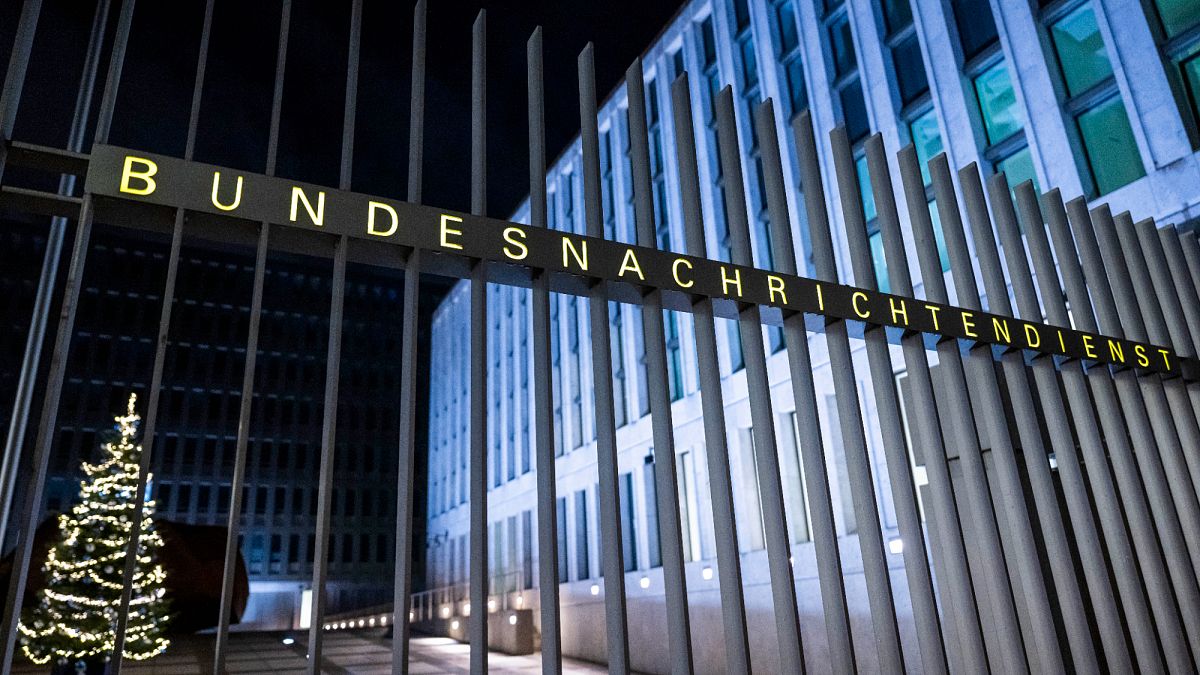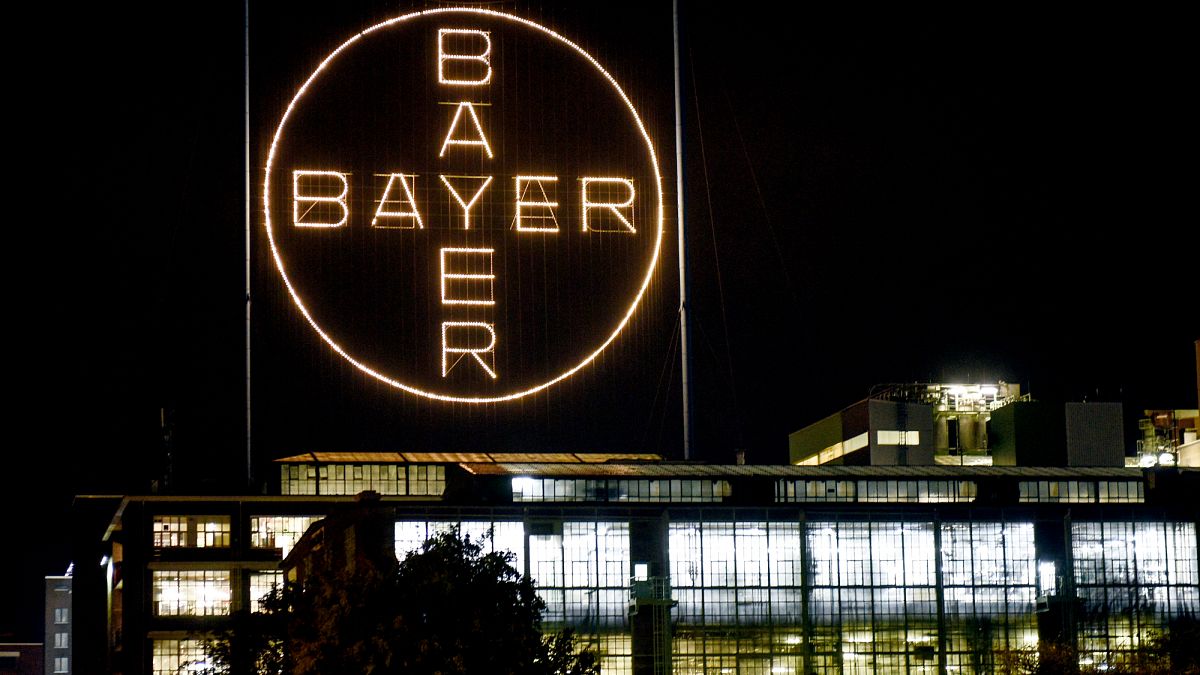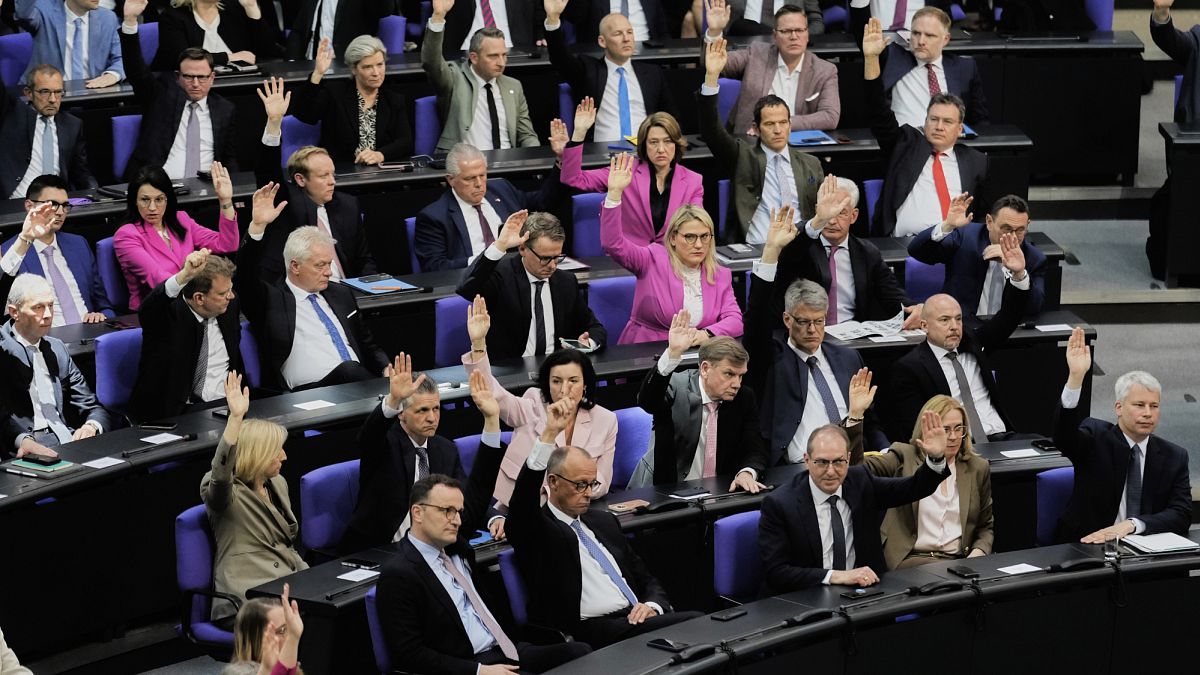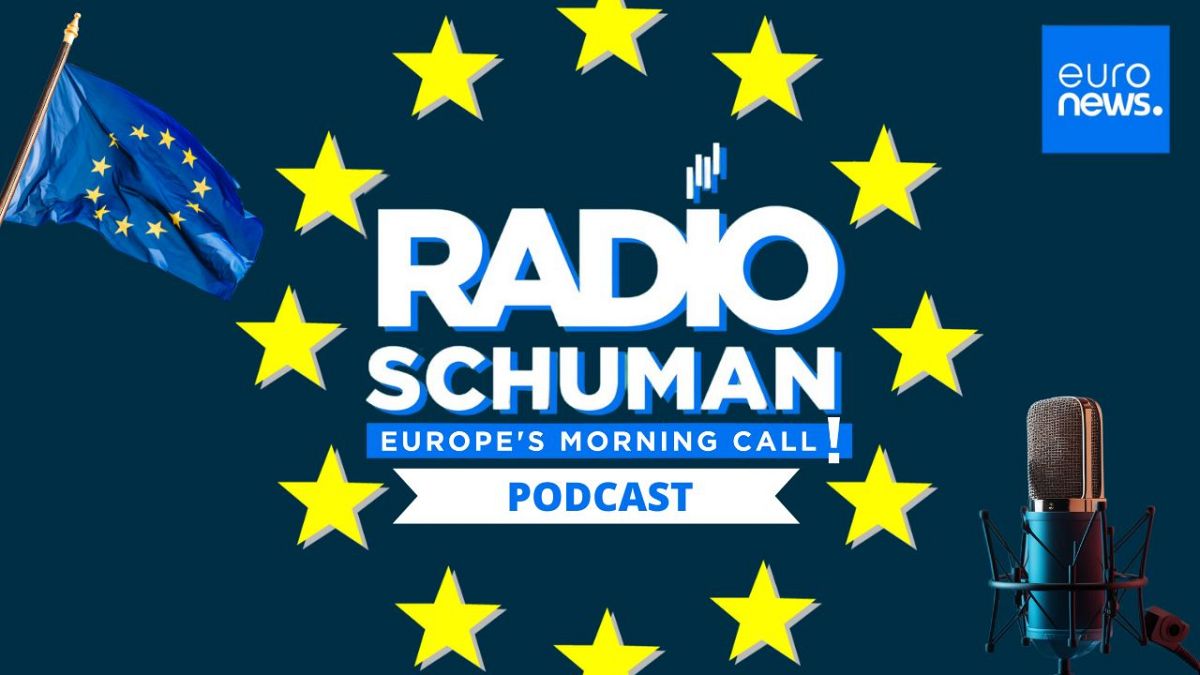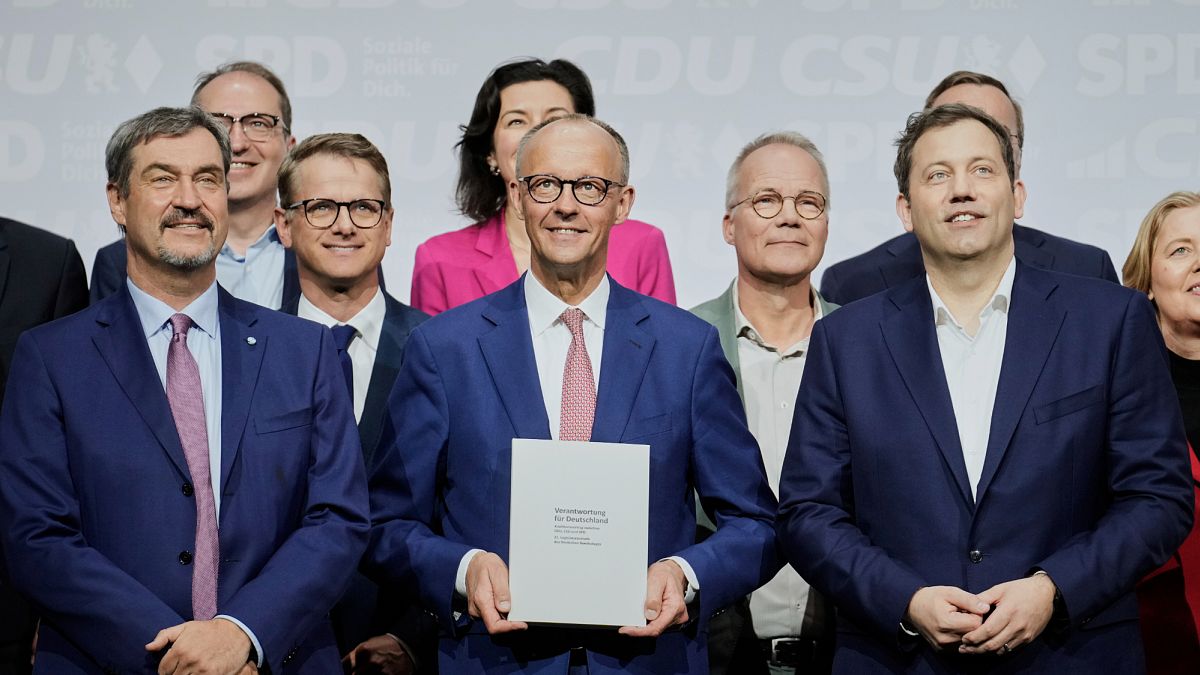ECB rate cut looking more likely as Eurozone growth downwardly revised
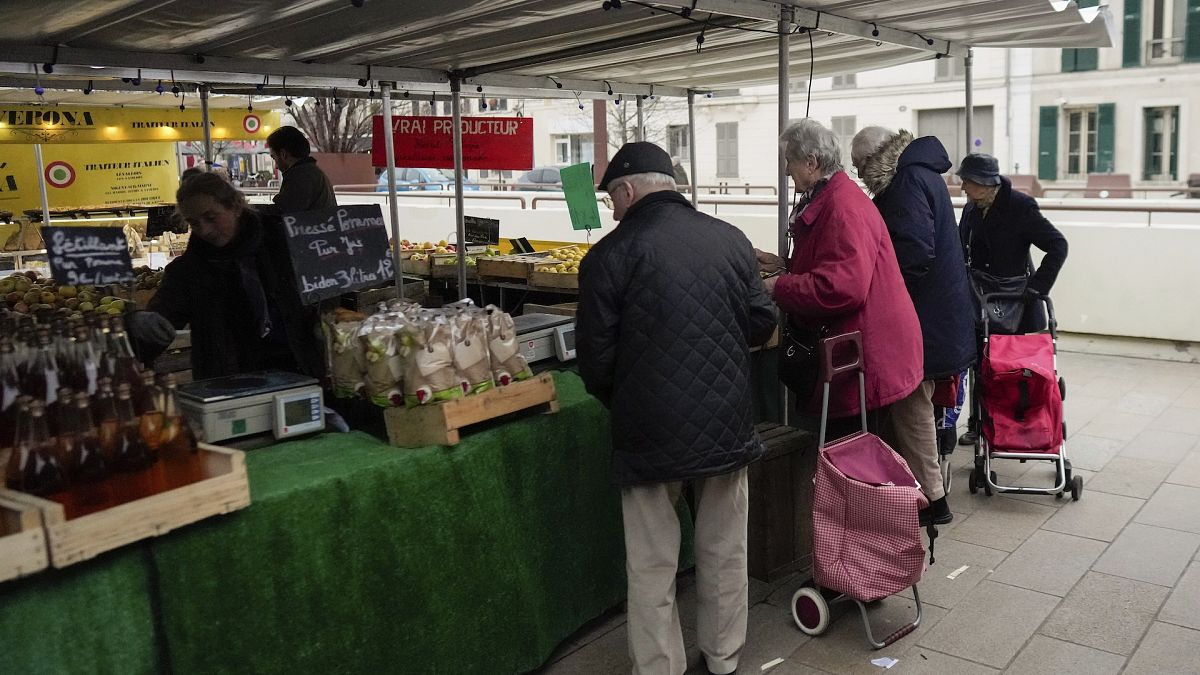
Eurozone growth for the second quarter was revised down to 0.2%, marking a slowdown compared to the first quarter. Germany contracted, while Spain saw strong growth. The ECB is expected to cut rates by 25bps next week.
The eurozone’s gross domestic product grew by 0.2% quarterly in the second quarter of 2024, a downward revision from the previous estimate of 0.3%, according to Eurostat’s third estimate released on Friday. A similar downgrade was seen in growth for the broader European Union.
These figures signal a slowdown in the pace of growth compared to the first quarter, when both the eurozone and the European Union expanded by 0.3%.
On a year-on-year basis, the gross domestic product increased by 0.6% in the Euro area and by 0.8% in the European Union during the second quarter.
Differences seen between member states
Wide disparities emerged across the member states, with Poland leading the charge at 1.5% quarter-on-quarter, followed by Greece (1.1%) and the Netherlands (1.0%). On the flip side, the most significant declines were recorded in Ireland (-1.0%), Latvia (-0.9%), and Austria (-0.4%).
Among the eurozone’s largest economies, Germany contracted by 0.1%, while Italy and France posted modest growth of 0.2%. In contrast, Spain saw a robust expansion of 0.8% quarter-on-quarter.
Household final consumption expenditure dropped by 0.1%, imports rose by 0.5%, and gross fixed capital formation plunged by 2.2%, all acting as major drags on eurozone growth. Government spending, up by 0.6%, and exports, rising 1.4%, were the primary positive contributors.
Slowing economy opens the door to ECB rate cuts
“The most recent data – such as consumer confidence and activity indicators (Purchasing Managers’ Index), particularly for the manufacturing sector – have not been so encouraging,” said Piero Cipollone, a member of the European Central Bank’s (ECB) Executive Board, in an interview with Le Monde earlier this week.
Cipollone expressed concern that these weaker indicators pose a risk to the euro area’s growth outlook. He emphasised that investment remains sluggish, signalling that firms do not foresee a strong recovery.
On inflation, Cipollone noted that ECB forecasts indicate that inflation will return to the 2% target in the second half of 2025.
When asked about the possibility of an interest rate cut at the September 12 meeting, Cipollone stated: “The data so far confirm our direction of travel, and I hope that they will allow us to continue to be less restrictive.”
Market consensus points to a 25 basis point rate cut during the upcoming ECB meeting.
ECB to maintain flexibility in its guidance, Danske Bank says
“We expect Lagarde to confirm that the ECB is entering the dialling back phase, but we do not expect a commitment to a specific timing of further rate cuts,” wrote Danske Bank in a report Thursday.
The bank predicts the ECB will stick to a data-dependent, meeting-by-meeting approach, maintaining flexibility in its policy guidance. Danske also foresees a small upward revision to core inflation projections, while energy price forecasts will likely keep headline inflation stable.
However, they caution that rates markets have already priced in 61 basis points of ECB cuts this year and just over 100 basis points next year, which they view as too aggressive.
Looking ahead, Danske Bank suggests the FOMC meeting on 18 September will be pivotal for the EUR/USD exchange rate’s short-term trajectory.
“The August jobs report will likely solidify a 25-basis-point Fed rate cut, which could provide some support for US yields and the dollar,” the bank added.
Source: Euro News


